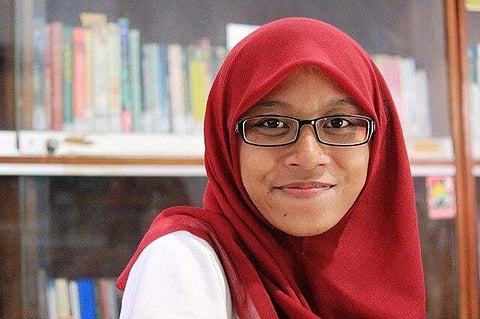
- Home
- न्यूजग्राम
- NewsGram USA
- India
- World
- Politics
- Entertainment
- Culture
- Lifestyle
- Economy
- Sports
- Sp. Coverage
- Misc.
- NewsGram Exclusive
- Jobs / Internships

Researchers have developed a method that uses the camera on a person's smartphone or computer to take their pulse and respiration signal from a real-time video of their face. The development comes at a time when telehealth has become a critical way for doctors to provide health care while minimizing in-person contact during Covid-19.
The University of Washington-led team's system uses machine learning to capture subtle changes in how light reflects off a person's face, which is correlated with changing blood flow. Then it converts these changes into both pulse and respiration rate. The researchers presented the system in December at the Neural Information Processing Systems Conference.
Follow NewsGram on Instagram to keep yourself updated.
Now the team is proposing a better system to measure these physiological signals. This system is less likely to be tripped up by different smartphone cameras, lighting conditions, or facial features, such as skin color, according to the researchers who will present these findings on April 8 at the Association for Computing Machinery (ACM) Conference on Health, Interference, and Learning.
"Every person is different," said lead study author Xin Liu, a UW doctoral student. "So this system needs to be able to quickly adapt to each person's unique physiological signature, and separate this from other variations, such as what they look like and what environment they are in."
Light reflects off a person's face. Pixabay
The first version of this system was trained with a dataset that contained both videos of people's faces and "ground truth" information: each person's pulse and respiration rate measured by standard instruments in the field. The system then used spatial and temporal information from the videos to calculate both vital signs. While the system worked well on some datasets, it still struggled with others that contained different people, backgrounds, and lighting. This is a common problem known as "overfitting," the team said.
The researchers improved the system by having it produce a personalized machine learning model for each individual. Specifically, it helps look for important areas in a video frame that likely contain physiological features correlated with changing blood flow in a face under different contexts, such as different skin tones, lighting conditions, and environments.
From there, it can focus on that area and measure the pulse and respiration rate. While this new system outperforms its predecessor when given more challenging datasets, especially for people with darker skin tones, there is still more work to do, the team said. (IANS/SP)
